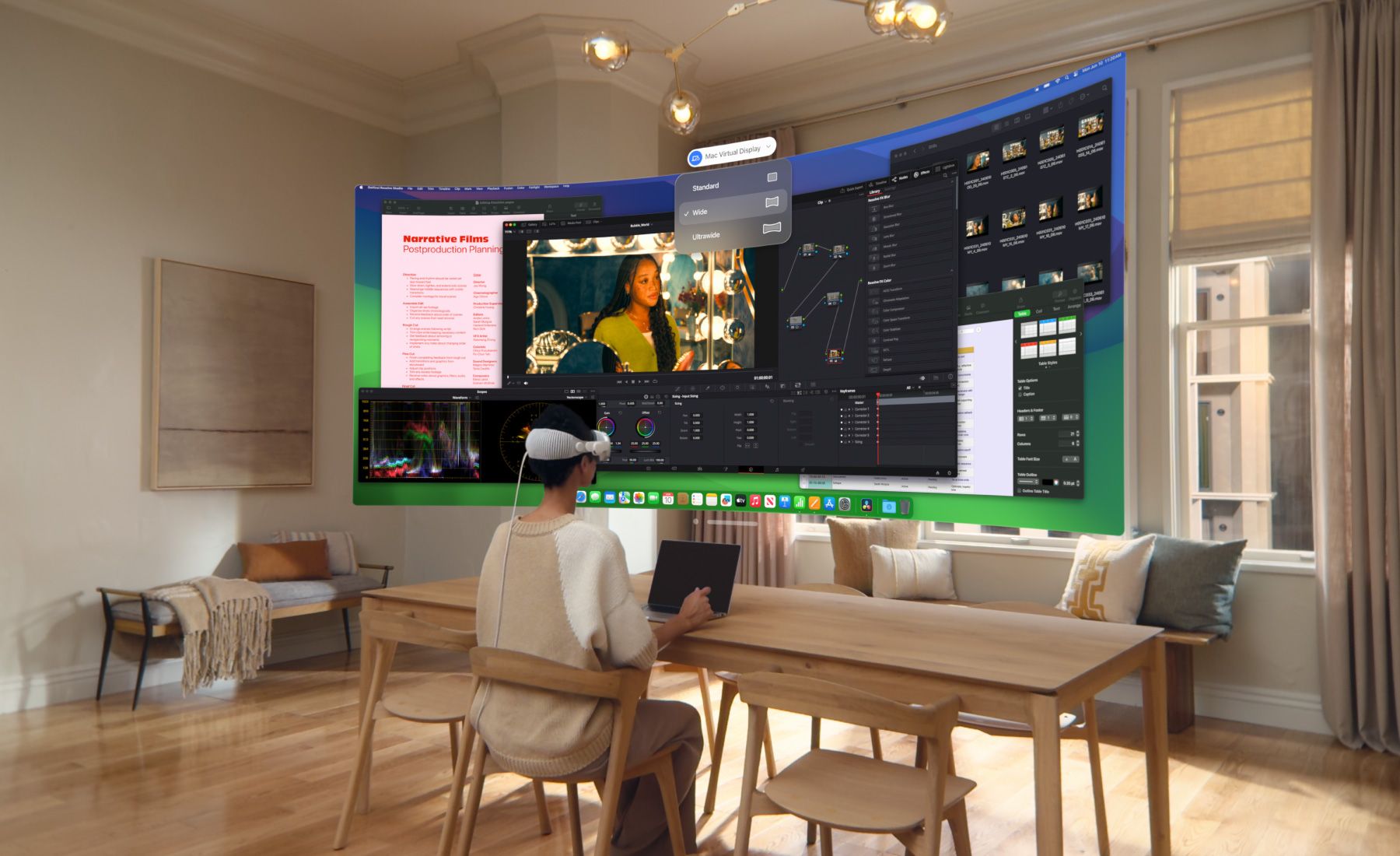Enhance Your Enterprise VR Strategy With These Innovations
For its entire history, virtual reality has been one of the most exciting innovations in the tech world. However, that history is far longer than you might think. Believe it or not, the first true virtual reality headset dates back to the late ‘60s.
Obviously, VR technology trends have come a long way since then. The original VR headset was called “The Sword of Damocles,” and there’s a good reason why. This HMD was so heavy that users had to suspend it from the ceiling to use it.
In contrast, the best VR headset options on today’s market are far more lightweight, comfortable, and powerful than anyone in the mid-20th century could have imagined. Better yet, these technologies aren’t just novelty items. Instead, they can help companies like yours train new employees, hold effective virtual meetings, and more.
Still, that doesn’t mean the industry is showing any signs of slowing down in terms of technological development. Read on to learn about several new features that could define the future of VR.
Recent Innovations in Virtual Reality
If you think the best VR headset use cases are still limited to roller coaster tech demos, think again. Virtual reality has become an essential part of the modern workplace and thanks to advancements like these, it isn’t going anywhere.
Wireless Headsets
The present-day virtual reality boom dates back to the construction of the original Oculus Rift prototype in the early 2010s. While this headset was far less constrictive than the Sword of Damocles, it was still connected to a PC via a physical cable. But cables are no longer a given in today’s VR industry. Perhaps the most popular headset on the market these days is the Meta Quest 2, which offers a full VR experience without the need for cords, giving users a high level of freedom. Meanwhile, persistent rumors indicate that Apple is working on its own standalone mixed-reality headset.
Haptic Feedback
VR headsets provide an unmatched sense of immersion, but there’s still room for improvement. These headsets can control what users see and hear, but they offer no feedback for the other three senses, at least, not on their own. You’ll need to pair your headsets with haptic feedback devices to bring the sense of touch into the mix. Depending on your needs (and budget), these products can take the form of haptic feedback vests costing a few hundred dollars or full-body suits that could run you thousands. In either case, the feedback these devices deliver will make your VR initiatives even more convincing.
Treadmills
One of the biggest challenges in designing virtual reality applications is locomotion, that is, how users get from one place to another in the virtual world. Most VR controllers have built-in joysticks people can use to move around as they would in a video game. Still, this type of virtual motion isn’t accompanied by physical movement, which can cause nausea for some individuals. Omnidirectional treadmills present a potential solution to this issue. While using these treadmills, people can virtually run and walk in any direction they choose. And since this form of locomotion is based on real-world movement, VR treadmills can maximize immersion while minimizing the risk of motion sickness.
Eye Tracking
Do you remember the first time you attended a virtual meeting in 2020? At the time, Zoom and other video conferencing technologies seemed like innovations that could allow companies to continue meetings during the pandemic. But these programs also came with significant drawbacks, such as the fact that it’s all but impossible to make eye contact with someone over a webcam. Some of today’s best VR headset solutions include eye-tracking capabilities, allowing people to make direct eye contact in virtual environments. That isn’t the only benefit this technology can deliver, either. Headsets capable of eye tracking can render objects in a user’s peripheral vision at lower resolutions and allow people to select menu options by looking at UI elements.
The Metaverse
While it isn’t technically exclusive to virtual reality, the metaverse is so closely associated with VR technology that it deserves to be included here. This term is generally used to describe a collection of virtual worlds where people can socialize, work, and play. As of 2023, quite a few applications could be considered early versions of the metaverse, including everything from the popular video game Roblox to Meta’s own Horizon Worlds. While the “true” metaverse is still presumably years away, it’s safe to say the sense of presence and immersion VR provides will make it the ideal way to experience this digital world.
Improving the Enterprise VR Experience
By now, you’ve had an opportunity to learn about some of the most promising developments in the VR space. However, you might still wonder how you’ll put these innovations to use. Here’s how today’s hottest VR technology trends can actively enhance your enterprise’s day-to-day operations.
Training
Virtual reality is the single most effective training method your company can use today. This training method has an unrivaled retention rate of 75 percent. In contrast, “traditional” audio-visual learning methods have a retention rate of 20 percent, and lectures have a retention rate of just five percent. The key to VR training is the level of immersion it provides and the more immersive your training program is, the more effective you can expect it to be. With that in mind, investing in haptic feedback devices and omnidirectional treadmills just makes sense. Meanwhile, your trainees won’t have to worry about tripping over cords while using wireless headsets, allowing them to focus on what they’re doing.

Meetings
Do you already use VR for meetings? If not, the thought of doing so might give you flashbacks to the awkward, unproductive video chats that defined the working world in 2020. But since a virtual reality headset can transport users to another world, meetings in VR feel almost identical to the real thing, even if the people you’re meeting with are really miles away. Headsets that come with eye-tracking functionality can make your VR meetings even more effective by allowing workers to make eye contact as naturally as they would in real life. And when the metaverse reaches its full potential, your employees will be able to meet wherever they want.
Take Advantage of Technology Trends With OneBonsai
Whether your enterprise prides itself on being up-to-date with technological advancements or you haven’t updated your workflow in decades, it’s easy to see how virtual reality can make life easier for you and your employees. That’s especially true when you take the innovations described in this article into account.
But there’s one catch to benefit from these innovations, you’ll need a VR training strategy. Creating a VR strategy for your enterprise can be surprisingly complex, especially if you’re trying to do it alone.
Instead of paying a high price to build your own VR fleet, consider teaming up with OneBonsai for your virtual training needs. We can provide off-the-shelf VR training solutions and a broad selection of safety, industrial, and medical training programs. If you’d like to get started, get in touch with the team at OneBonsai ASAP!

DIMITRI PIRNAY
March 9, 2023









